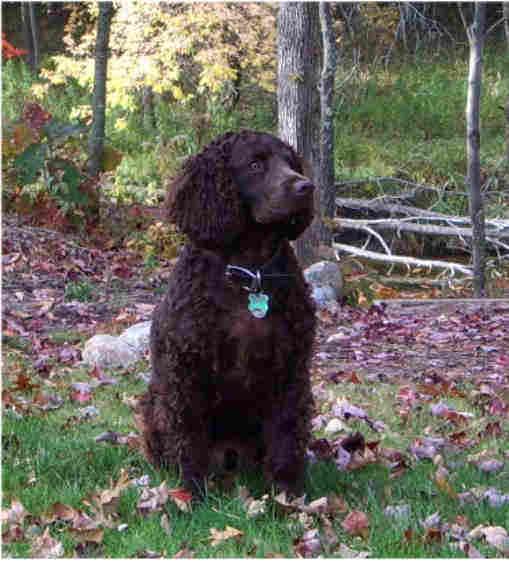This quick-witted breed doesn't require too much in the way of training or guidance. They seem to immediately understand what it is you require. But, like many guarding breeds, they do require socialization. It's a mistake to keep your Anangu isolated from other people and animals. They learn how to behave young, so take your pup out and about right from the start.
These happy guys can be used both as a scent and sight hound. They are a heavyset breed with broad legs and a wide head. The neck is heavily muscled in adult dogs over 3 years. The coat is short and comes in a variety of colors and patterns. Typical colors include black, white, red-brown, saambal (which is a gray/ash gray coloring), and white. Patterns can be anything from solid to some eye-catching spotting. A white patch on the chest is quite common, but not required.
The Anangu is a larger dog, standing as tall as 30 inches at the shoulder and weighing up to 140 pounds. A dog with an exceptional lifestyle and rigorous exercise may grow to be slightly larger. They don't require a lot of grooming and they shed very little. A quick brush once a week should do it.
Because this breed has been around so long and has often bred without too much interention from humans, the Anangu is incredibly hardy. These dogs have few health problems and adapt well to most living situations. They like farms, they like yards, they like napping on the couch. They can even adapt to living in an apartment. The Anangu really only requires a single walk a day. If you walk your Anangu once a day every day, they can and will live happily in an apartment.
These guys can live for 15 to 20 years if cared for properly, so be prepared for an exceptional companion for many years.





